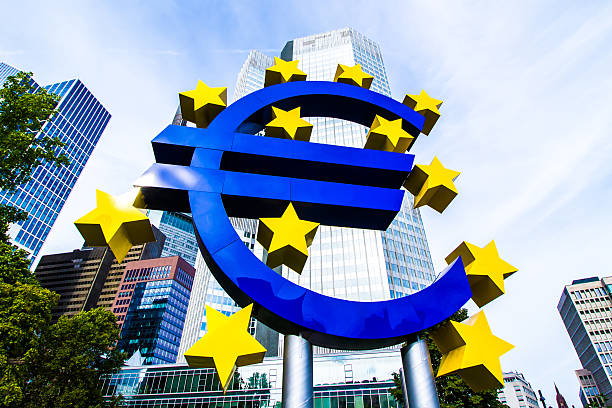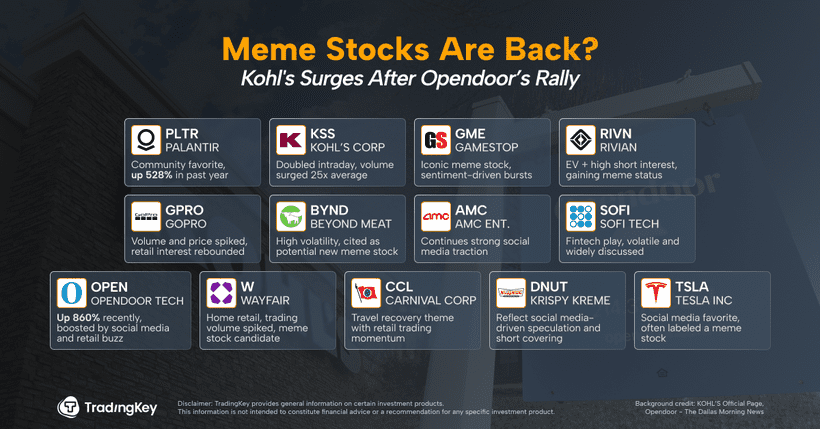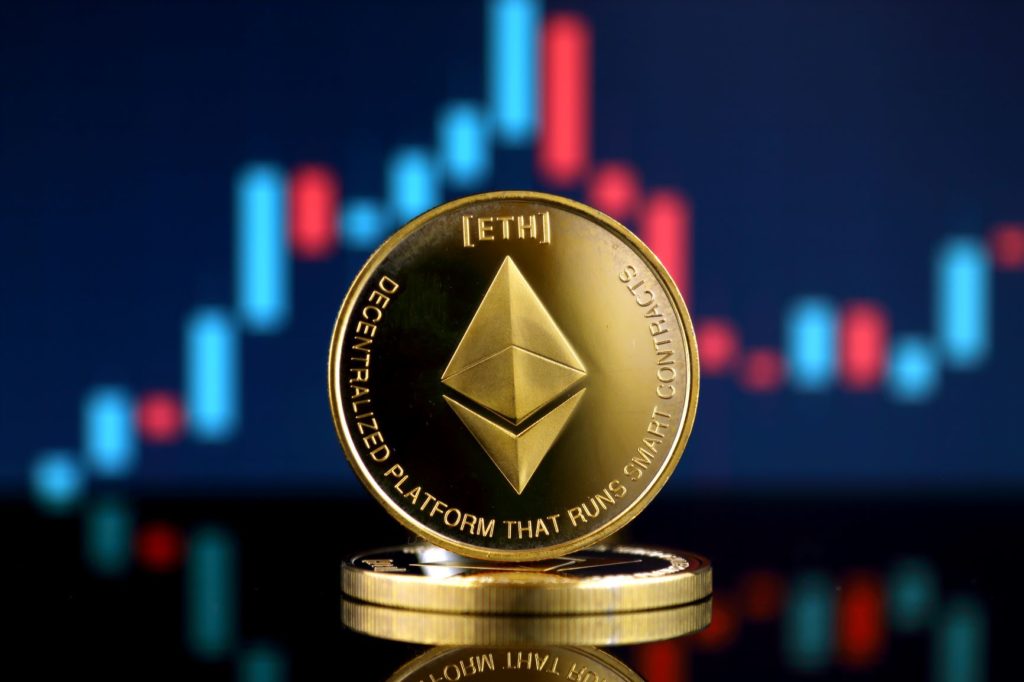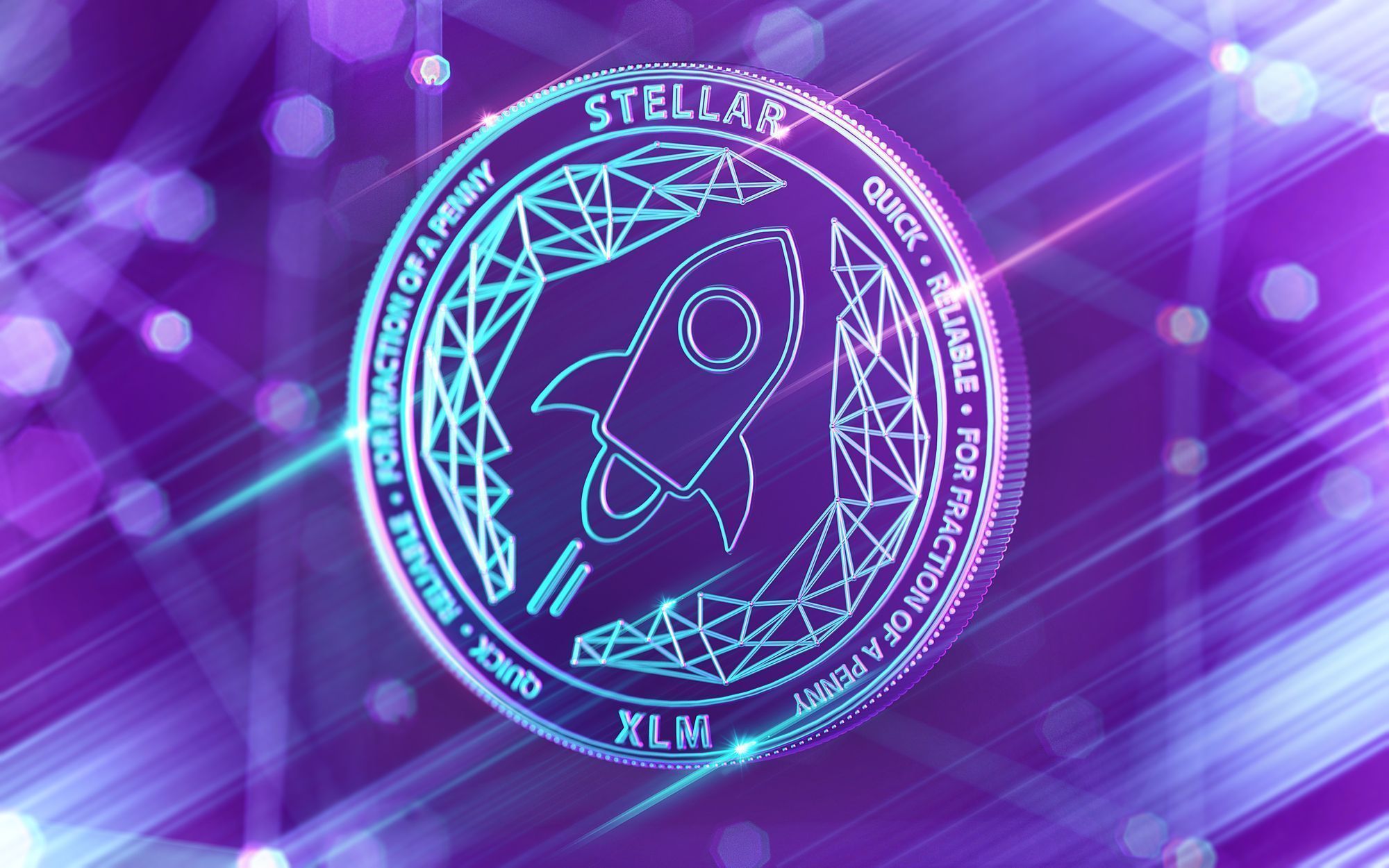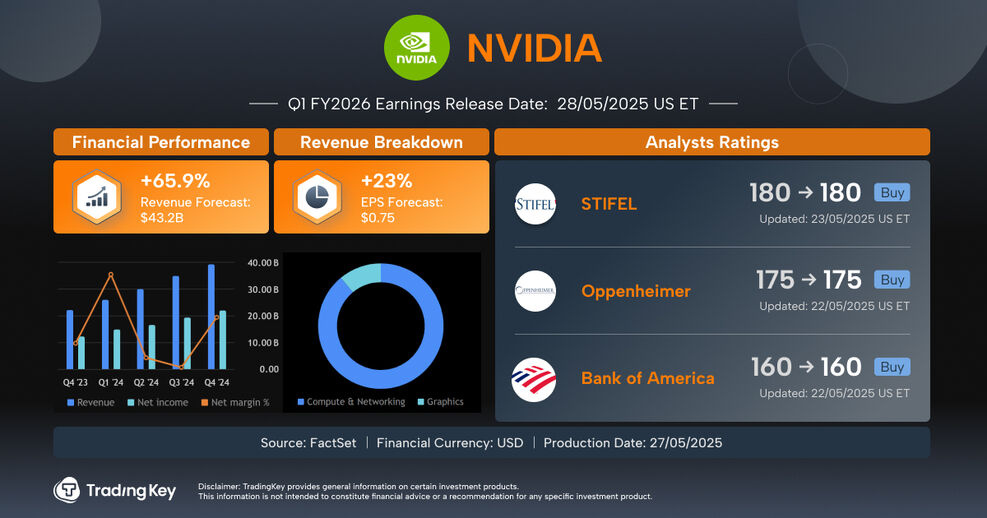Tesla updates robotaxi users about chauffeur-style service in California, Business Insider reports

July 26 (Reuters) - Tesla sent robotaxi users a new terms-of-service agreement detailing its planned launch in California's Bay Area, Business Insider reported citing a screenshot of the notification sent to users on Saturday.
The notification said, "If your ride is taking place in California, it is being conducted with a safety driver using Full Self-Driving (Supervised) pursuant to authority from the California Public Utilities Commission," adding that rides taken outside California are "conducted autonomously," confirming Reuters reporting from a day earlier.
Tesla did not immediately respond to a request for comment.
Reuters reported earlier that unlike Alphabet's GOOGL.O Waymo unit, Tesla cannot operate its service using autonomous vehicles in the Bay Area because the EV maker does not have the required permits and has not applied according to the California Public Utilities Commission (CPUC).
Tesla said the service would use a variant of its supervised Full Self-Driving software, the report said.
For the Bay Area service, Tesla may be able to use its Full Self-Driving (Supervised) feature, which can perform many driving tasks but requires a human driver to pay attention and be ready to take over at all times.
This week, Tesla CEO Elon Musk said on an earnings call that the company was "getting the regulatory permission to launch" robotaxis in several markets, including the San Francisco Bay Area.
Tesla told the CPUC on Thursday that it plans to offer rides to "friends and family of employees" and "select members of the public" under a permit the company has that allows a human driver to transport passengers in a "traditional vehicle" for "charter services."
Tesla recently met with the agency but has not applied for additional permits that would be needed to collect fares or test without a safety driver, Reuters reported earlier this week.
The next step for Tesla would be to apply for a CPUC license for an autonomous vehicle to pick up passengers with a safety driver, according to a review of California's autonomous driving regulations. But companies must first operate a pilot phase, where they cannot charge customers.
